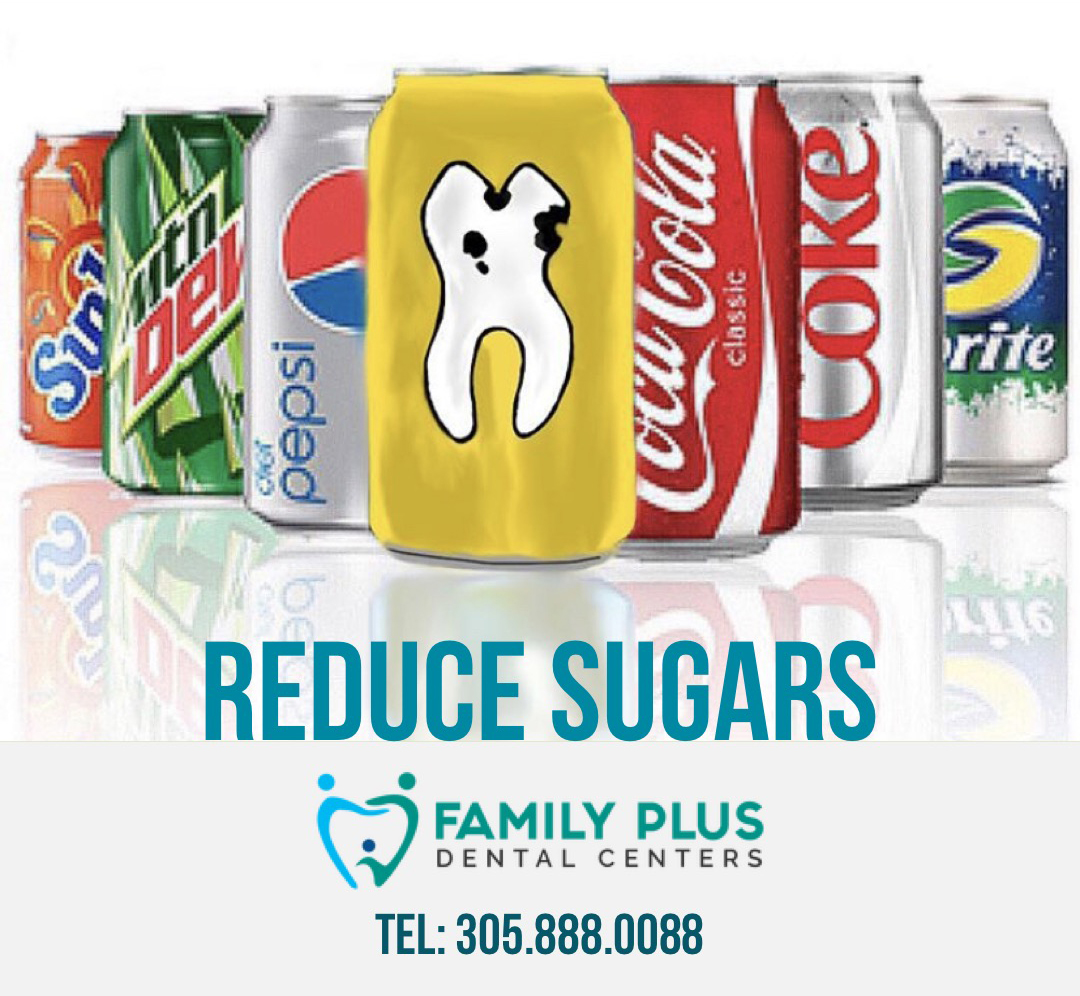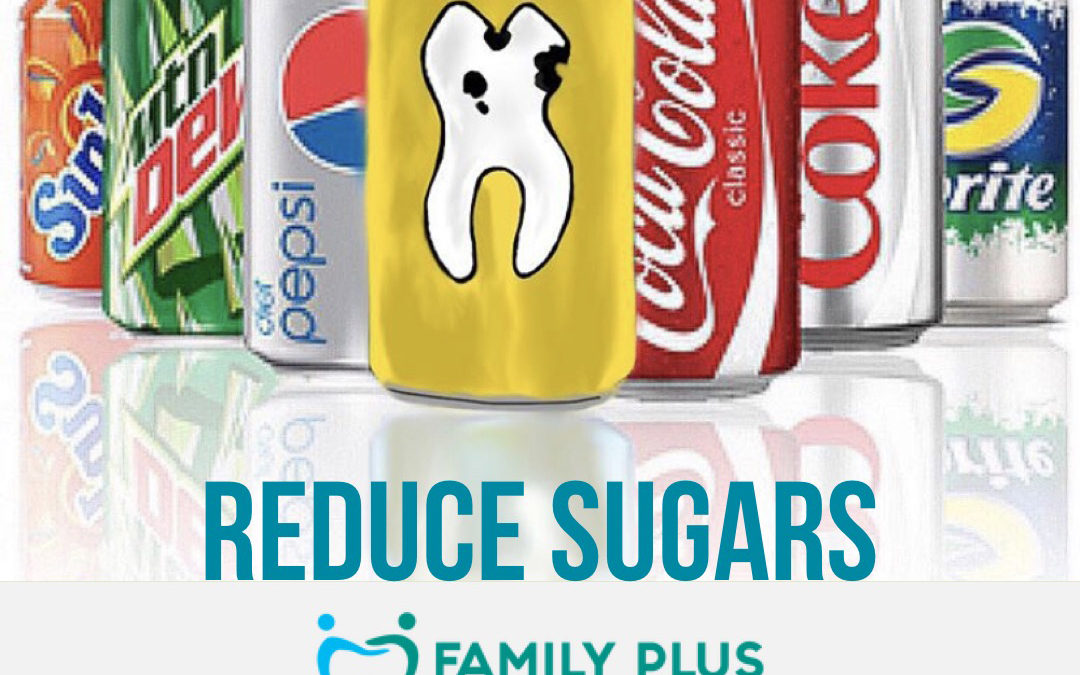
Follow these tips to help reduce your risk of tooth decay:
- Brush your teeth twice per day for two minutes with a toothpaste that contains fluoride. Brushing is important to remove the plaque around your teeth that causes tooth decay, and the fluoride helps to strengthen teeth and reverse the early signs of tooth decay.
- Flossing is also important to clean between teeth where a toothbrush can’t reach.
- Reduce the amount and frequency of sugar that you eat. Every time you have sugary food, the bacteria in plaque turn sugars into acid, causing tooth decay. More frequent eating (particularly snacks between meals) increases the amount of time that acid is being produced, causing more damage to your teeth.
- Try and avoid retentive foods that stick to your teeth and feed the plaque bacteria for a longer period of time. Foods like toffee, caramel and mints are particularly bad.
- Be careful of fruit juices and smoothies – these often contain lots of sugar, and citrus juices (orange, lemon, lime) are very acidic. The same goes for sports drinks and soft drinks, which contain more than the daily limit of sugar in a single can or bottle and are also very acidic.
- Drink plenty of tap water – around 80% of Australian water contains small amounts of fluoride to help protect your teeth. Tap water is free, helps to hydrate and quench your thirst, and is great for your teeth.
- Have lots of dairy (plain milk and cheese), fruits and vegetables. Crunchy nuts, fruits and vegetables – apples, celery and carrots – help to clean teeth, and chewing more also produces saliva, which helps to clean teeth and wash away the plaque acid.
- Sugar-free chewing gum is a great way to also help wash away plaque acids after a snack or lunch.
- Visit the dentist at least once per year for a check-up.
Just remember, a good healthy diet, good oral hygiene and regular dental visits. Three easy steps to healthy teeth.
From: Sugarfreesmiles.com

